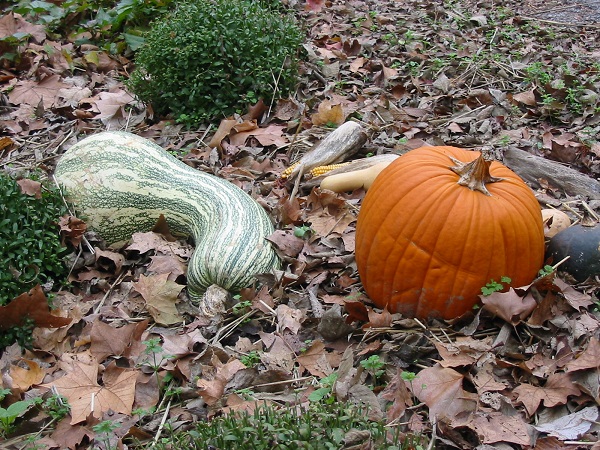| Back to Back Issues Page |
 |
|
Useful Community Plus October 29, 2020 |

Before we get to this month's feature, we wanted to recommend a few articles from our website that seem especially appropriate this month. Check out these timely topics. Considering the coming housing crises due to evictions, foreclosures, and a lagging economy, become familiar with accessory dwelling units and inclusionary zoning. ln light of dislocations in retail, restaurant, tourism, and other industries, be sure you are doing your best possible job of commercial district revitalization and business retention. Maybe staying at home more is giving you time to think about big picture community development topics. For that we recommend reading about racial equity and community development, how your community can plan for climate change, or even wildfire prevention. Some of you may find that the pandemic has sharpened your awareness of the need for fresh approaches to youth drug use. If so, read about community anti-drug coalitions. And of course, some of you who are officers in a community association need to start considering ideas for your winter newsletter.
Our public institutions in the U.S.--and probably worldwide--usually start to function better for residents only when those constituents are empowered with both quality information and the belief that their informed opinions matter. To improve outcomes, we think residents need to forego some of their mistrust of government and government in turn needs to start to genuinely respect and care about what informed groups of citizens decide. When leaders show respect through their actions, as well as their words and processes, resident trust strengthens. To try this approach, become aware of something called public deliberation. Although we have not written about this technique as such, we sometimes have referred to study circles and Everyday Democracy, an organization that models this technique. A public deliberation lasts from 1 to 3 days, or sometimes is spread out over several 2-hour sessions. It features a neutral third party expert who prepares educational materials designed to help a sponsor, such as a neighborhood association or a city government, make a decision based on the preferences of a diverse and representative group of citizens after they engage in a facilitated deliberation. The sponsoring organization will work with the facilitator beforehand to define narrowly a decision they want to make. The facilitator then designs one or more questions for participants to discuss. The process moves from meaty educational videos or reading to discussion to choosing a recommendation and explaining the rationale for the residents' choice. In a good public deliberation, there are opportunities for large group discussion (which might be akin to a more typical public forum), small group discussion, and individual reflection. The best public facilitations teach residents that actually being in the driver's seat of making a public decision is not as easy as it looks. There are always tradeoffs; something is always being sacrificed. A public facilitation works best if all the choices posed are "good," but the public agency or community organization needs to figure out the "best" one. The aim of public facilitation, as opposed to other community engagement methods, is finding the common ground, rather than trying to forge a broad consensus when none exists or taking a vote and allowing majority rule, leaving the losing side disgruntled and distrustful. Inherent in the public facilitation method is the idea that the judgment of citizens, after they have an adequate amount of information, is very important. While it may be rare for a government to turn the decision totally over to participants, that is a highly desirable outcome if the educational material, the representativeness of the participants, and the facilitator are well chosen. For a short article on how a public deliberation was used to inform selection of a neighborhood for community development funding based on health equity criteria, see this article on a planning process in Roanoke, Virginia, USA. If something about this sparks your interest and you need more information, feel free to reply to this newsletter with your questions or comments. Obviously we can only scratch the surface in a newsletter! Our next monthly email will appear in November. Feel free to forward this email to a friend who may be interested, or to reply to this e-mail. |
| Back to Back Issues Page |

